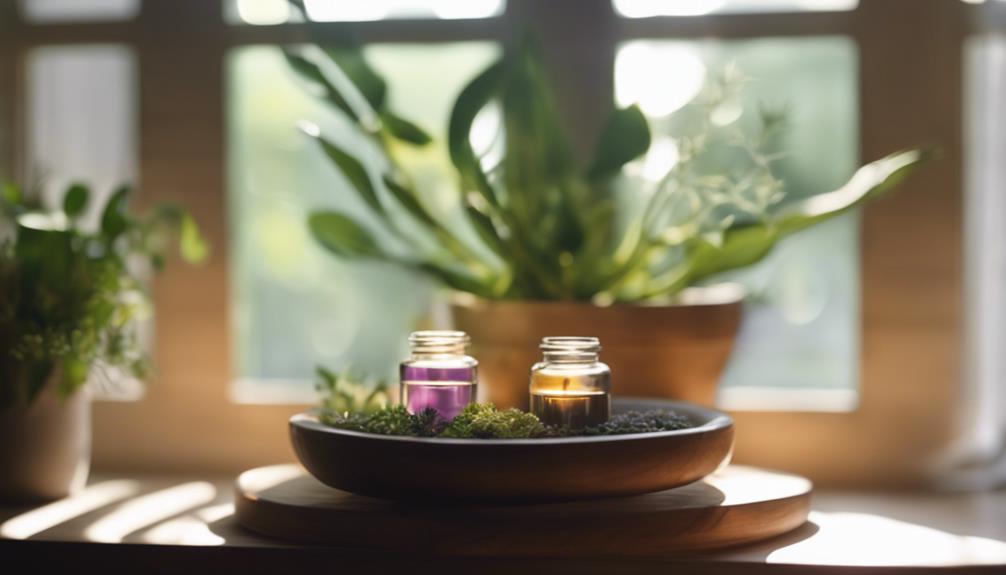Flow yoga, also known as vinyasa yoga, is a dynamic and fluid style of yoga that emphasizes the connection between breath and movement. It’s an invigorating practice that encourages mindfulness, strength, and flexibility through a sequence of poses that flow seamlessly into one another. In this article, we’ll explore the essence of flow yoga, its key benefits, and essential techniques to help you find your flow on the mat.
Discovering Flow Yoga: The Art of Movement and Breath
Flow yoga is characterized by its continuous transitions between poses, creating a smooth, dance-like experience. Unlike static styles of yoga, flow yoga invites practitioners to synchronize their movements with their breath. This creates a meditative state where the mind can focus on the present moment, enhancing both physical and mental well-being. Whether you’re a beginner or an experienced yogi, flow yoga offers a welcoming environment to explore your body’s capabilities and discover a deeper connection within yourself.
One of the most appealing aspects of flow yoga is its versatility. Classes can range in intensity, allowing you to choose a level that suits your personal fitness goals and mood. Some sessions may include a gentle, restorative flow, while others might challenge you with a fast-paced, energizing sequence. This adaptability makes flow yoga an ideal practice for everyone, from those seeking relaxation to athletes looking for a vigorous workout.
Key Benefits of Practicing Flow Yoga Regularly
Practicing flow yoga regularly comes with a myriad of benefits that can positively impact both your physical and mental health. Physically, flow yoga enhances flexibility, strength, and balance through its dynamic sequences of poses. As you flow from one posture to another, you cultivate not only muscular endurance but also coordination and agility. These physical improvements can translate into better performance in sports and daily activities, reducing the risk of injury as you move through life.
Mentally, flow yoga serves as a powerful tool for stress relief and emotional balance. The combination of mindful breathing and fluid movement helps to quiet the mind, allowing you to release tension and anxiety. Many practitioners report feeling centered and refreshed after a flow yoga session, making it an excellent practice for those navigating the challenges of daily life. Additionally, the rhythmic nature of flow yoga promotes a sense of mindfulness, helping you to cultivate a deeper awareness of your thoughts and feelings.
Flow Yoga Techniques: Getting Started and Finding Your Flow
If you’re new to flow yoga, getting started is easier than you might think! Begin by attending a beginner-level class or finding online resources that guide you through basic vinyasa sequences. It’s essential to familiarize yourself with foundational poses like downward-facing dog, warrior poses, and chaturanga. As you become more comfortable, you can gradually incorporate more complex poses into your practice. Remember: the goal is not perfection but rather to cultivate awareness and connection with your breath and body.
To truly find your flow in flow yoga, focus on synchronizing your breath with your movements. Inhale as you expand and open your body, and exhale as you deepen into each pose. This emphasis on breath will help you stay present and mindful, enhancing the overall experience. With time and practice, you’ll discover your own rhythm, allowing you to flow effortlessly from one pose to the next. The key is to approach your practice with an open mind and a sense of exploration—embrace the journey, and let your body guide you.
In summary, flow yoga is a beautiful practice that blends movement and breath into a harmonious experience. Its benefits extend beyond physical fitness, nurturing mental clarity and emotional resilience. Whether you’re new to yoga or looking to deepen your practice, exploring flow yoga can bring a sense of joy and balance to your life. So, roll out your mat, breathe deeply, and discover the art of flow!
